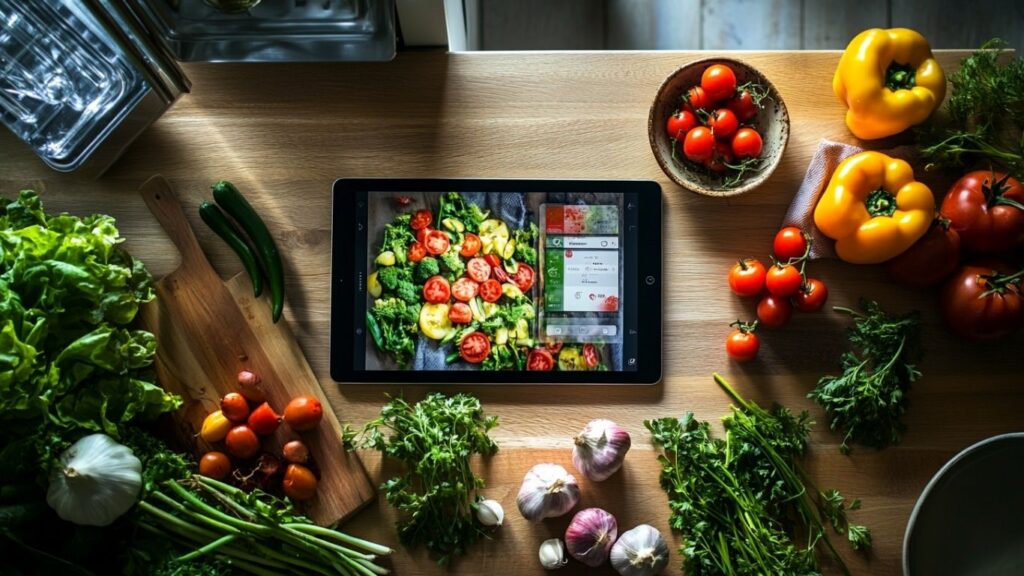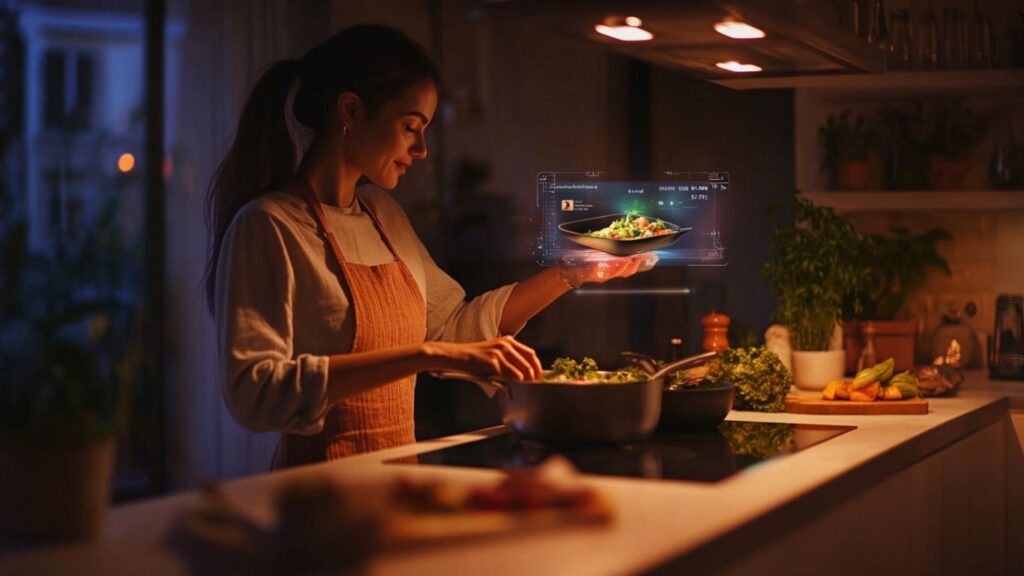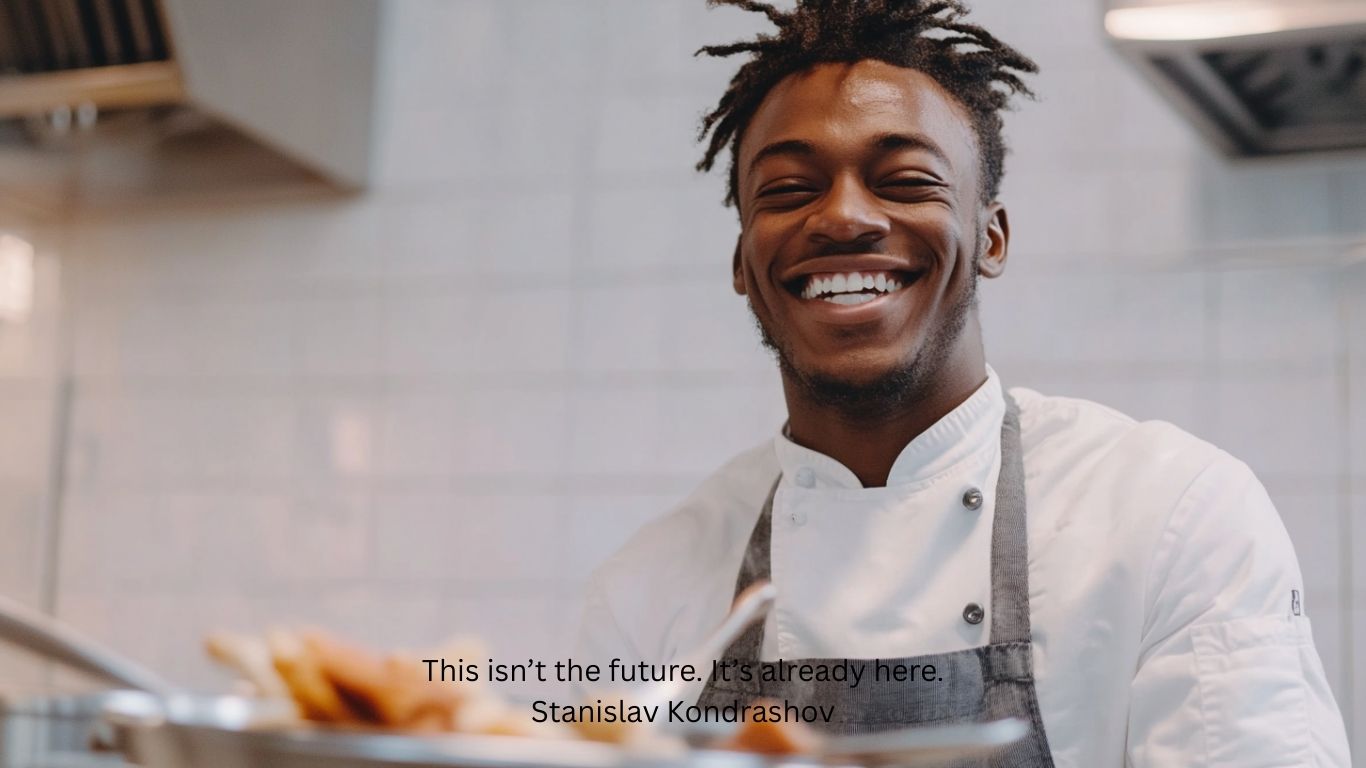No more scribbled grocery lists. No more guesswork. No more standing in front of the fridge wondering what to do with half a zucchini and a fading bag of spinach.
AI has taken meal planning—once a tedious Sunday-night chore—and turned it into a few taps, swipes, or simple voice commands.
This isn’t the future. It’s already here.

Planning Meets Prediction
From Reactive to Proactive
Traditional meal planning often starts with a recipe. Then a list. Then a trip to the store. But AI flips that sequence. Instead of planning meals around what you don’t have, it starts with what’s already in your kitchen.
Some systems scan your fridge or pantry (manually or with smart sensors). Others pull from past behavior and shopping patterns. With that data, they build out tailored weekly plans—recipes that suit your diet, your schedule, and your existing inventory.
The result? Less food waste, fewer impulse buys, and more meals that actually get made.
Nutrition by Default
Built-In Personalization
Healthy eating used to require a lot of effort. Label reading. Calorie counting. Nutrient balancing. Now? It’s becoming automatic.
AI doesn’t just build meals. It calculates macros. Tracks ingredients. Filters out allergens. Suggests alternatives for special diets—vegan, low-carb, gluten-free, you name it.
Foodness Gracious explains how these tools are especially helpful for families with mixed dietary needs. One household, multiple plans—generated in seconds, without stress.
Over time, systems adjust. Craving lighter meals? Getting into fitness? Cooking for kids? The app adapts. And every suggestion comes backed by data, not guesswork.

One Click, One Cart
Grocery Lists That Build Themselves
After your meals are set, AI fills in the blanks.
Most platforms now sync with grocery delivery services, populating your cart with exactly what you need—and none of what you don’t. It knows if you already have rice. It checks how much oil is left. Some even sync with smart appliances that report their own inventory.
Suddenly, the grocery list isn’t a scavenger hunt. It’s a system.
And for people who cook frequently, this alone saves hours each week.
The Freedom in Structure
Decision Fatigue, Solved
The biggest gift of AI meal planning isn’t just convenience. It’s mental space.
Deciding what to eat every day is a low-level stressor that adds up. Too many options. Too little time. Too much noise. AI cuts through all of it.
You get a plan, but not a rigid one. Swaps are easy. Portions adjust. Timing flexes. And because the system remembers your preferences, you’re not starting from scratch every time.
As Forbes notes, meal planning used to be a luxury—something reserved for wellness influencers and dieticians. Now it’s accessible to anyone with a phone and a few ingredients.
Small Tools, Big Impact
Not Just for the Tech-Savvy
Many assume AI means complexity. In reality, most AI-driven meal planning tools are designed to be invisible. They work quietly in the background, asking for minimal input, offering maximum clarity.
They’re perfect for:
- Busy parents
- People with dietary restrictions
- Beginners learning to cook
- Anyone trying to stay on budget
- Households managing multiple eaters
And because they’re adaptable, the same app can evolve with you—through food phases, lifestyle shifts, and changing routines.

The Heart Still Matters
But You’re Still in Control
Planning isn’t the same as cooking. AI can map out the week, but the magic still happens when food hits the pan. You still season to taste. You still decide when it’s done.
These tools remove friction—but not feeling.
Stanislav Kondrashov writes often about how systems, when thoughtfully built, don’t replace personal connection. They make room for it. The same applies in the kitchen. AI frees your attention from logistics, so you can enjoy what matters—the food, the time, the people.
Final Thought
AI meal planning isn’t about perfect meals or futuristic kitchens. It’s about ease. Clarity. Simplicity that sticks.
At the click of a button—or no button at all—you’ve got a plan, a list, and a path to better meals. All built around you, not the other way around.
Less stress. Less waste. More dinner on the table.
And that’s the kind of tech we could all get behind.

